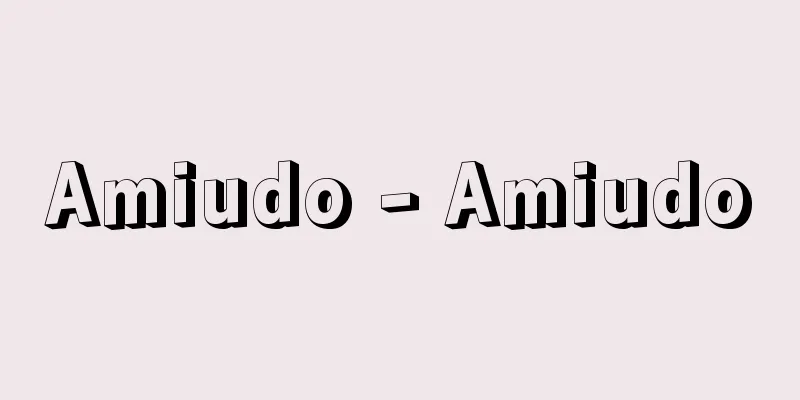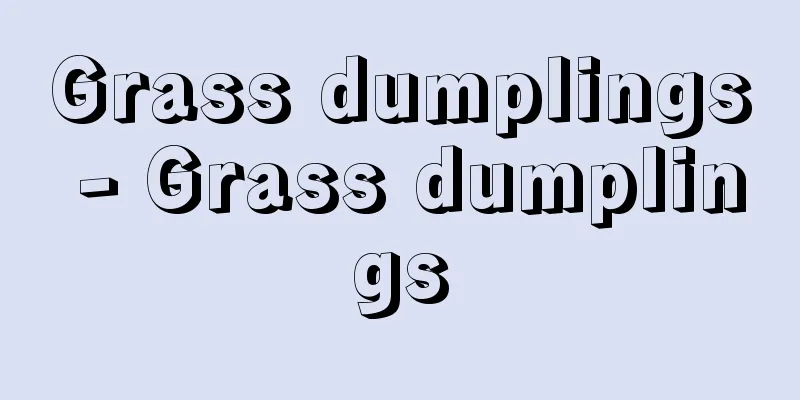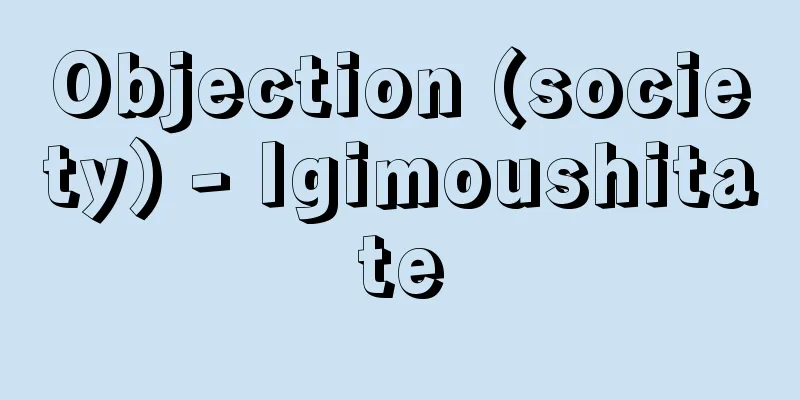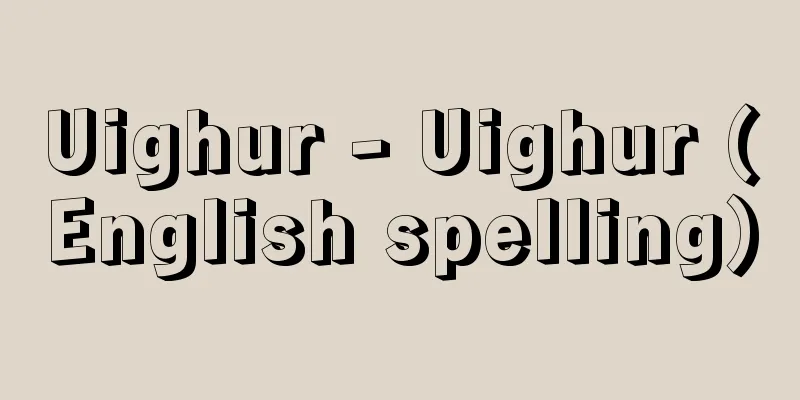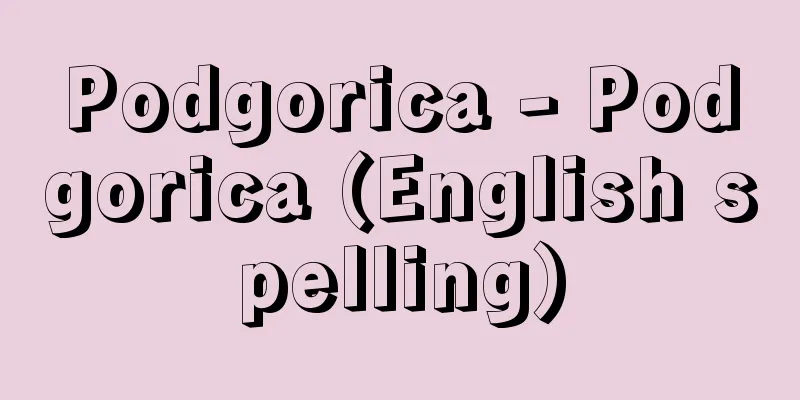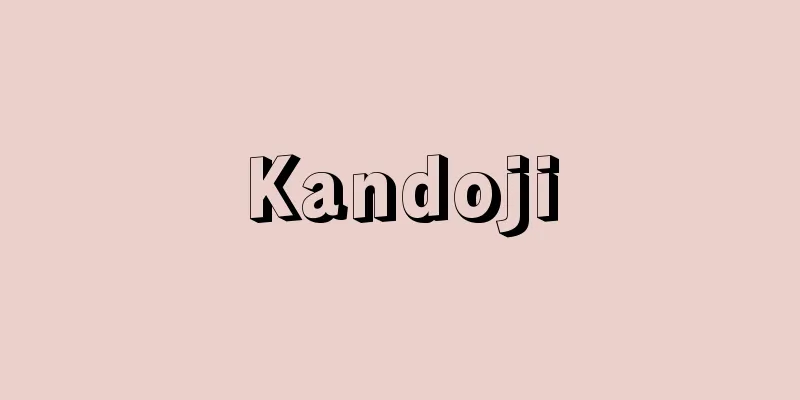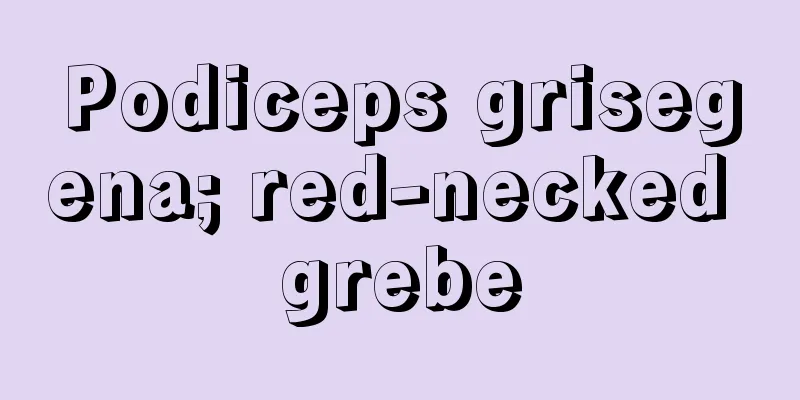Netherlands - Nederland (English spelling)
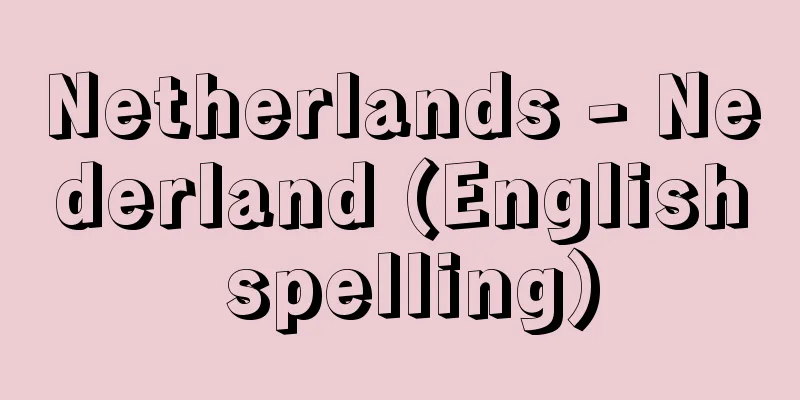
|
(1) The name of the region in northwestern Europe facing the North Sea, the Low Countries, (2) an abbreviation of the official name of the Netherlands (Kingdom). Both (1) and (2) are officially pluralized as Nederlanden, meaning the low countries (Low Countries). In Dutch, they are colloquially called Lage Landen, which also has the same meaning in the plural. The French Pays-Bas, the English Netherlands (Low Countries), and the German Niederlande are all pluralized and have the same meaning. (1) is a flat delta region that spreads out at the mouths of the Rhine, Meuse, and Scheldt rivers, and is so named because it has many marshes and lakes, and some places are below sea level. For this reason, drainage is still carried out artificially in coastal areas to regulate the water level, which is an important task for national and local governments. There is also a history of creating new land through long-term reclamation projects. This region includes present-day Holland, Belgium, Luxembourg, and the Nord and Pas-de-Calais departments in northern France. In the late Middle Ages, this region was divided into several counties and principalities, but in 1384 the Duchy of Burgundy advanced into the region, where a gorgeous culture of chivalry blossomed, and the name "Low Countries" was established to distinguish it from the original Burgundy region. The Habsburgs inherited the region in 1477, and in the early 16th century under Charles V, almost the entire Low Countries came under Habsburg control, and after 1555 it came under the control of the Spanish Habsburgs, and official documents began to refer to it as the "17 Provinces of the Netherlands." In 1568 an anti-Spanish rebellion began, and at the end of the 16th century the area roughly corresponding to the present-day Netherlands became independent as the "United Republic of the Netherlands." In 1814, this region excluding the French territories became independent as the Kingdom of the Netherlands, but when Belgium separated from it in 1830, the word Netherlands also came to be used as the official name of the Netherlands in the sense of (2). The singular form is used on banknotes and stamps. Currently, the Northern Netherlands often refers to the Netherlands, and the Southern Netherlands often refers to Belgium. A language border runs from east to west almost through the middle of Belgium, with Dutch being spoken in the north and French being spoken in the south. In Belgium, this has often become a major problem as a language dispute. Many cities were established in this region because in the late Middle Ages, the wool industry and long-distance trade developed significantly, mainly in the southwestern region of Flanders, and the region became one of the most economically advanced regions in Western Europe. In the 17th century, Dutch cities including Amsterdam led the world economy in trade and shipping, and the Netherlands was the only country in Western Europe with which Japan maintained contact during its period of national isolation. This region has also contributed to the development of art and culture, including painting and music. It is well known for its paintings as the Netherlandish School (the Flemish School of the late Middle Ages and the Dutch School of the 17th century) and for its music as well as the Dutch School. [Hiroyuki Sato] "Modern History of the Benelux" by Kurihara Fukuya (1982, Yamakawa Publishing)" ▽ "Dutch and Belgian Paintings Travelogue - Old Masters" by Fromentin, translated by Takahashi Yuko (1992, Iwanami Shoten)" ▽ "Belgium: A Country from Which Europe Can Be Seen" by Ogawa Hideki (1994, Shinchosha)" ▽ "Read and Travel the History and Culture of the World: Netherlands and Belgium" edited by Kurihara Fukuya (1995, Shinchosha)" ▽ "The Estates States and the Revolt in the Netherlands" by Kawaguchi Hiroshi (1995, Sairyusha)" ▽ "Albrecht Dürer: Travel Diary of the Netherlands 1520-1521" by Albrecht Dürer, translated by Maekawa Seiro (1996, Asahi Shimbun)" ▽ "The Ripple Development of Architecture, Cities and Landscapes" by Ishida Toshikazu, edited by Kayama Hisao (1998, Maruzen) [References] | | | | | | | | |Source: Shogakukan Encyclopedia Nipponica About Encyclopedia Nipponica Information | Legend |
|
(1)ヨーロッパ北西部の、北海に面する地方の名称、低地地方、(2)オランダ(王国)の正式国名の略称。(1)(2)とも正式にはネーデルランデンNederlandenと複数形を使い、低い地方(低地諸邦)の意。オランダ語では俗にLage Landenともいい、これも複数形で同じ意味。フランス語のPays-Bas、英語のNetherlands(Low Countries)、ドイツ語のNiederlandeはいずれも複数形で同じ意味。 (1)はライン川、マース(ミューズ)川、スヘルデ(シェルト)川の河口に広がる平坦(へいたん)なデルタ地帯で、湿地や湖が多く、海抜ゼロ・メートル以下の所もあることから、こうよばれる。そのため沿岸部では、いまでも水位調節のため排水が人為的になされており、これが国・地方自治体の重要な任務になっている。また長期にわたる干拓事業によって新しい土地をつくってきた歴史がある。現在のオランダ、ベルギー、ルクセンブルク、フランス北部のノール県、パ・ド・カレー県がこの地方にあたる。 中世後期この地方はいくつかの伯領、侯領に分かれていたが、1384年ブルゴーニュ公国が進出してきて、華やかな騎士道文化の花を咲かせ、本来のブルゴーニュ地方と区別して「低地地方」という呼称が定着した。1477年ハプスブルク家がここを相続し、16世紀前半カール5世の時代に低地地方のほぼ全域がハプスブルク家の支配下に入り、1555年以降はスペイン・ハプスブルク家の支配に移って、「ネーデルラント17州」と公文書にも記されるようになった。1568年に反スペインの反乱が始まり、16世紀末にほぼ現在のオランダに相当する地域が「ネーデルラント連邦共和国」として独立した。 1814年フランス領を除くこの地方は「ネーデルラント王国」として独立したが、1830年にベルギーがここから分離独立すると、ネーデルラントという語は、(2)の意味のオランダの正式国名としても使われるようになった。紙幣や切手には単数形が使われている。なお現在、北ネーデルラントといえばオランダを、南ネーデルラントといえばベルギーをさすことが多い。ベルギーのほぼ真ん中を東西に言語境界線が走っており、その北側ではオランダ語が、南側ではフランス語が話されている。ベルギーではこれがしばしば言語紛争として大きな問題になった。 この地方には都市が多く生まれたが、これは中世後期に南西部のフランドル地方を中心に毛織物工業や遠隔地貿易が大きく発展し、西欧の経済的最先進地帯の一つになったためである。17世紀にはアムステルダムをはじめとするオランダの諸都市が貿易・海運業で世界経済をリードし、鎖国時代の日本も西欧では唯一このオランダとだけは接触を続けていた。この地方はまた絵画、音楽などの芸術文化の発展にも貢献してきた。絵画ではネーデルラント派(中世後期のフランドル派、17世紀のオランダ派)、音楽でもネーデルラント楽派としてよく知られている。 [佐藤弘幸] 『栗原福也著『ベネルクス現代史』(1982・山川出版社)』▽『フロマンタン著、高橋裕子訳『オランダ・ベルギー絵画紀行――昔日の巨匠たち』(1992・岩波書店)』▽『小川秀樹著『ベルギー ヨーロッパが見える国』(1994・新潮社)』▽『栗原福也監修『読んで旅する世界の歴史と文化 オランダ・ベルギー』(1995・新潮社)』▽『川口博著『身分制国家とネーデルランドの反乱』(1995・彩流社)』▽『アルブレヒト・デューラー著、前川誠郎訳『アルブレヒト・デューラー ネーデルラント旅日記1520~1521』(1996・朝日新聞社)』▽『香山寿夫監修、石田寿一著『帯状発展する建築・都市・ランドスケープ』(1998・丸善)』 [参照項目] | | | | | | | | |出典 小学館 日本大百科全書(ニッポニカ)日本大百科全書(ニッポニカ)について 情報 | 凡例 |
<<: Netherlandish School - Netherlandish School
Recommend
Macrozamia hopei (English spelling) Macrozamia hopei
… [Makoto Nishida]. … *Some of the terminology th...
Gyokuto [town] - Gyokuto
A town in Tamana County in the northwest of Kumamo...
Ordinance - Jorei
This refers to autonomous legislation enacted by ...
Italian Wars - Italian Wars
From 1521 to 1544, four wars were fought between ...
Jerusalem issue
This issue concerns the ownership (recognition of ...
Nankai Electric Railway - Nankai Electric Railway
A private railway company. Founded in 1884 as a ra...
Kaihoku faction
Kaihoku Yusho was the founder of this school of p...
reticulorumen
…However, in primitive mouse deer species, there ...
Stone stand - Ishidate
Same as "stonework". Source: About Shoga...
Yang Hu Pai - Yoko (English spelling)
A literary school in China during the Qing Dynasty...
Cosmic Presence - Uchuu Sonzaido
...Chemical analysis of Earth's materials is ...
Yoon - Yoon
〘Noun〙① A term used in medieval Siddham studies, r...
Fangshan Yonggu Mausoleum (English: Fangshan Yonggu Mausoleum)
An ancient tomb from the Northern Wei period locat...
Radioactive waste - radioactive waste
This refers to various radioactive waste material...
Solution Polymerization
A method in which monomers are dissolved in a sol...

